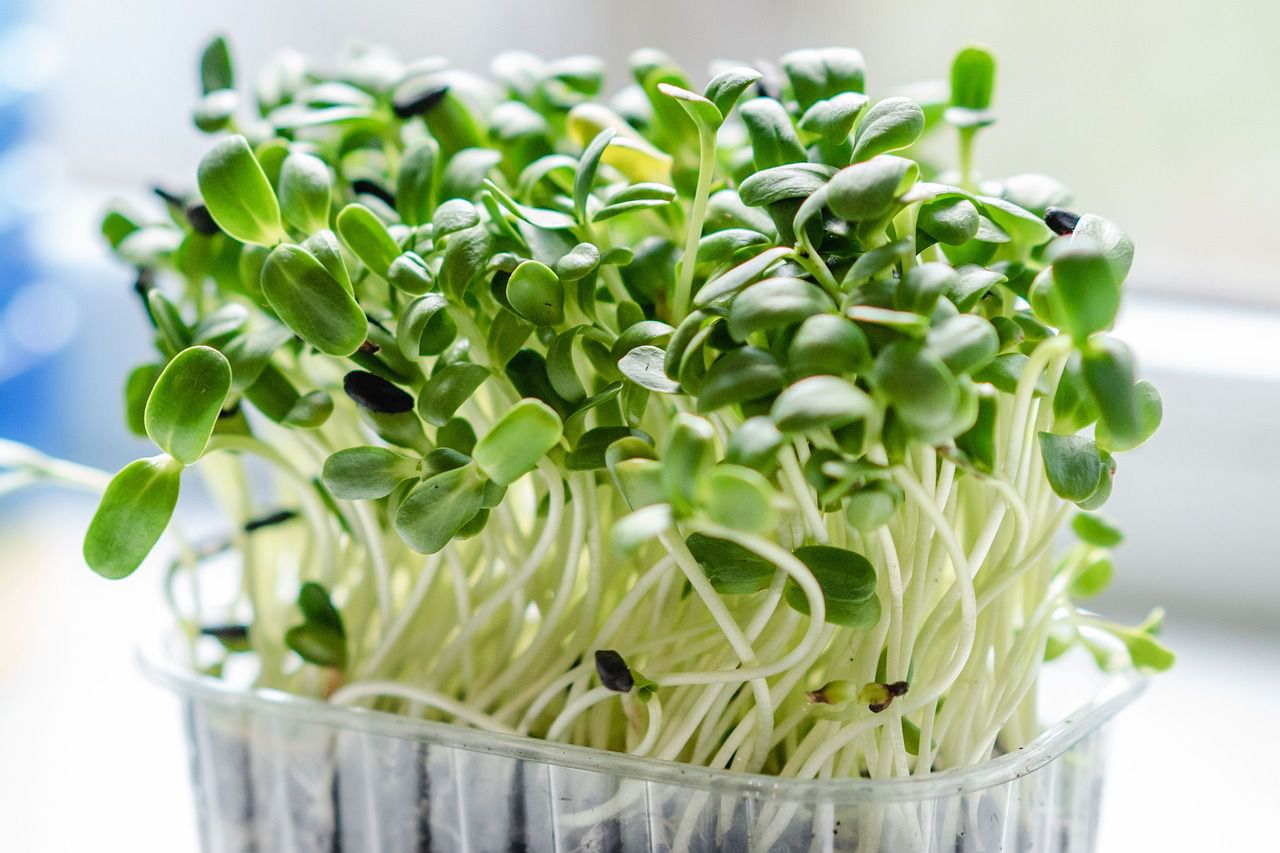Microgreens are as good as veggies: A new study on how microgreens help people control weight
You've probably already seen microgreens and know that they can be very good for your health - but how?
Scientists are now checking if these tiny veggies, which you can easily grow at home, are as super-healthy as people claim.
They're comparing microgreens to fully grown veggies to see how they stack up, and now we can learn more about this study.
What are microgreens?
The researchers have been studying cruciferous vegetables like kale and broccoli, which are known to be healthy.
Microgreens are basically baby versions of these veggies, and they're often praised for their health benefits.

They're harvested when they're very young, usually within a couple of weeks of sprouting, and you can grow them in a small container on a windowsill.
Scientists studied them
Scientists started with red cabbage and found that both young and fully grown cabbage helped control weight gain in mice that were eating a lot of fatty food.
Then they looked at kale, and they found that the nutrients in microgreen kale were quite different from those in mature kale.
They've seen that both types help prevent weight gain in mice on a high-fat diet, but they'll need more experiments to see if the same goes for humans.
Why that happens
One reason these veggies might help with weight is by influencing the community of bacteria in the gut, called the microbiome.
Both microgreens and mature vegetables increase the variety of gut bacteria, but microgreens seem to do it more.
Having more diverse gut bacteria is usually linked to better health.
Why it's important
This could help people who don't like certain veggies find healthier alternatives.
They're even thinking about changing the taste of these veggies to make them more appealing for everyone.
